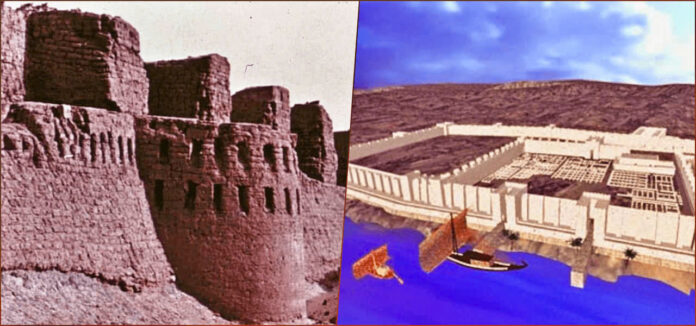Buhen: The Lost Fortress of Ancient Egypt’s Southern Frontier
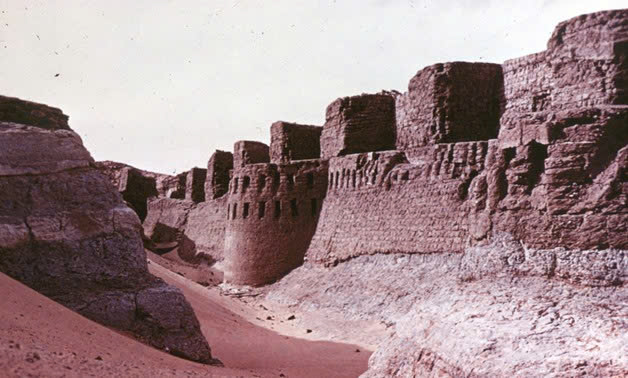
The fortress of Buhen, located on the west bank of the Nile in present-day northern Sudan, stands as a remarkable testament to ancient Egypt’s military ingenuity. More than just a military outpost, Buhen served as a complex urban center that played a crucial role in Egypt’s influence over Nubia during the Middle Kingdom. This fortress exemplifies the Egyptians’ ability to integrate military, economic, and administrative functions within a fortified settlement. Despite being submerged under Lake Nasser due to the construction of the Aswan High Dam, Buhen’s legacy remains alive through archaeological findings and artifacts recovered from its depths.
Architectural Grandeur and Military Engineering
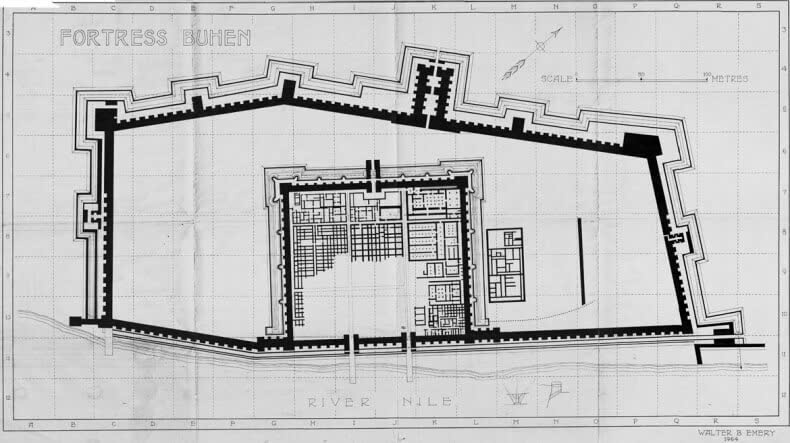
Construction of Buhen began under Pharaoh Senusret I of the 12th Dynasty, but it was during the reign of his successor, Senusret III, that the fortress reached its full potential as a military stronghold. Spanning an area of 13,000 square meters, Buhen was an engineering marvel with massive stone and mudbrick walls, approximately 10 meters high and 5 meters thick, fortified by deep moats, drawbridges, and bastions. This formidable design made Buhen one of the most impregnable fortresses of its time.
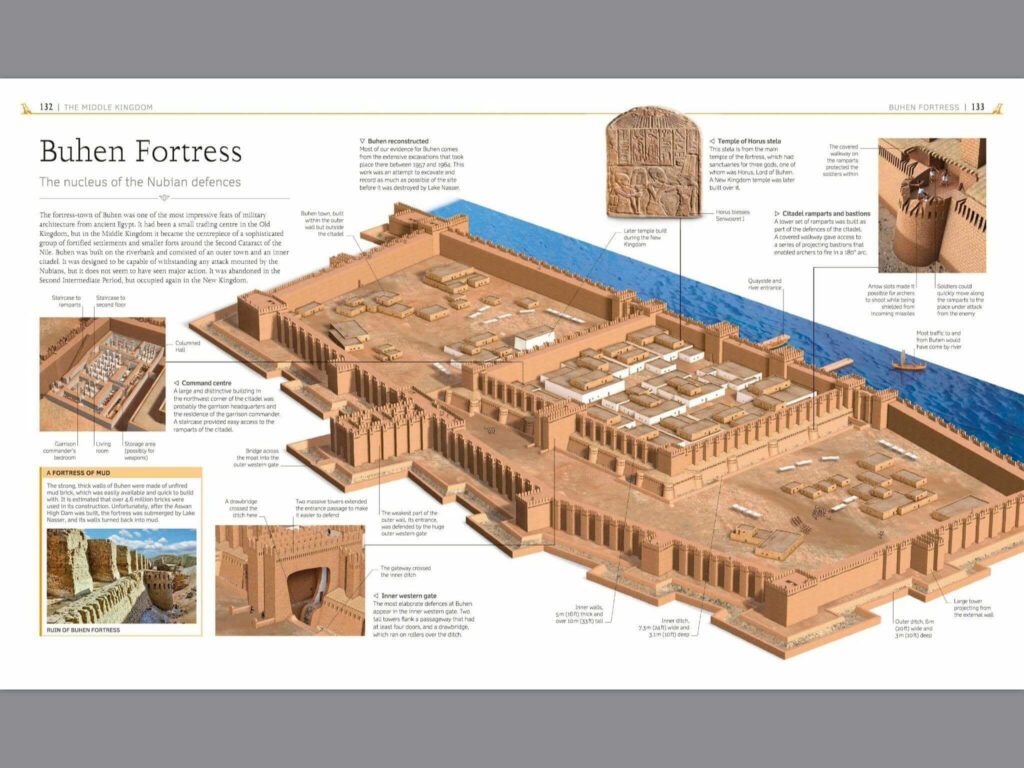
Inside, Buhen was laid out in a grid system, featuring administrative buildings, storehouses, and residential quarters for a garrison that housed around 3,500 people, including soldiers and their families. A central administrative hub boasted grand halls adorned with paintings and weaponry, illustrating its dual role as both a defensive structure and an administrative center. The architecture of Buhen reflects the Egyptian approach to warfare, where military design was integral to both defense and the projection of power.
Economic Hub and Copper Production
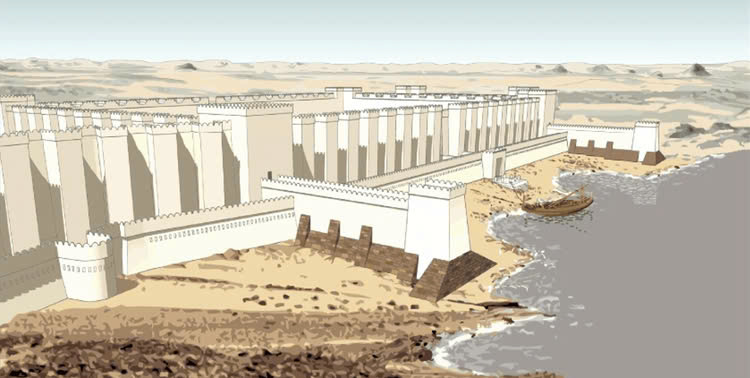
Beyond its military significance, Buhen was also a thriving economic center, particularly known for its copper production. Its proximity to copper-rich areas facilitated metalworking activities, with archaeological excavations revealing evidence of copper smelting dating back to the Old Kingdom. This indicates that Buhen played a vital role in Egypt’s metal economy long before its military prominence.
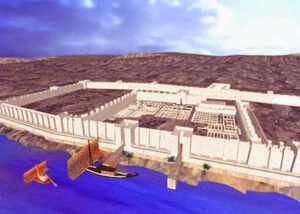
Additionally, Buhen was strategically located along the Nile, a major trade route, allowing it to control the flow of goods between Egypt and Nubia. The temple of Horus, built within the fortress by Queen Hatshepsut, further underscores Buhen’s importance as a center for both religious and commercial activities. Traders journeying between Egypt and Nubia would stop at Buhen to pray and conduct business, solidifying its role as a key economic node in ancient Egypt.
Historical Significance and Strategic Role
Buhen’s strategic location near the Second Cataract of the Nile was crucial for controlling access to Egypt from the south. The fortress helped monitor and regulate movement along the Nile, especially during the Middle Kingdom when Egypt sought to expand its influence into resource-rich Nubia. Buhen, along with other fortresses like Mirgissa and Semna, formed a defensive line that protected Egypt’s southern frontier and ensured the stability of trade routes.

The fortress’s history also includes periods of foreign occupation, notably by the Kushites during the Second Intermediate Period. Buhen fell to the Kingdom of Kush around the 13th Dynasty but was later recaptured by Pharaoh Ahmose I during the early 18th Dynasty. This back-and-forth control illustrates the contested nature of Nubia and Buhen’s importance as both a military and symbolic prize, demonstrating its formidable design and strategic relevance.
The Final Chapter: Submersion and Legacy
The construction of the Aswan High Dam in the 20th century sealed Buhen’s fate, submerging it beneath Lake Nasser. Before its loss, extensive archaeological efforts documented and salvaged what could be saved, led by the Egypt Exploration Society under Walter Bryan Emery. Artifacts recovered, including items from the temple of Horus, are now housed in museums across the world.
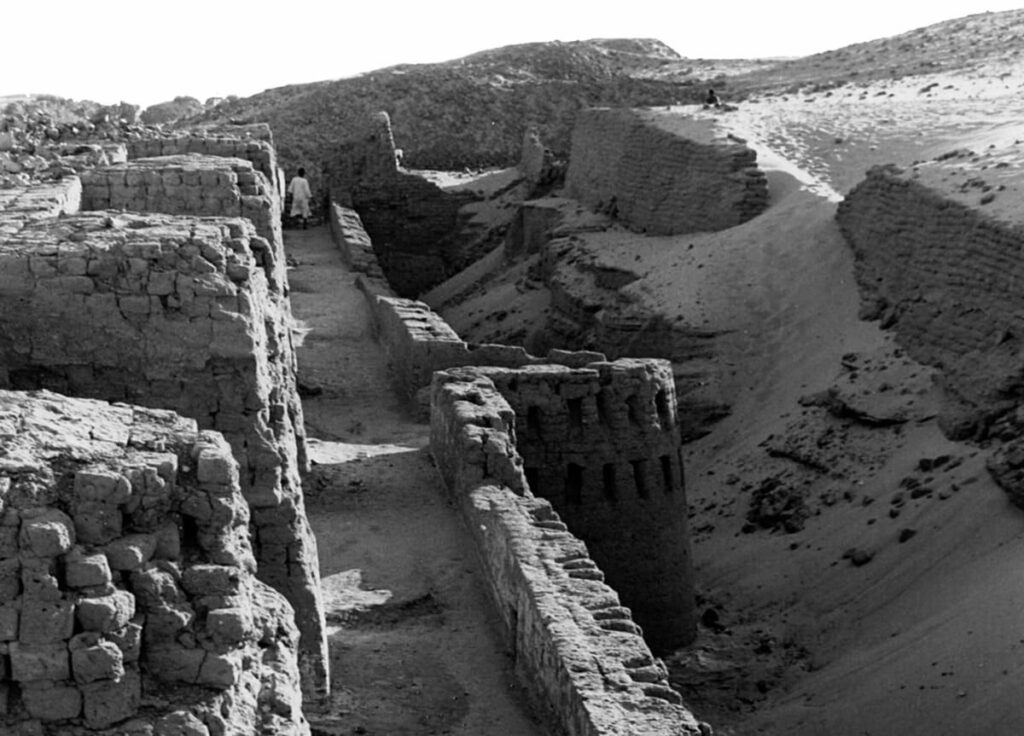
Despite its submersion, Buhen’s legacy endures as a symbol of ancient Egypt’s military and economic power in Nubia. It serves as a reminder of the challenges in preserving cultural heritage against modern development. The story of Buhen encapsulates not only military might but also the complex relationship between Egypt and Nubia, characterized by both conflict and cooperation. As such, Buhen continues to captivate archaeologists and historians, offering crucial insights into Egypt’s imperial ambitions in Africa.
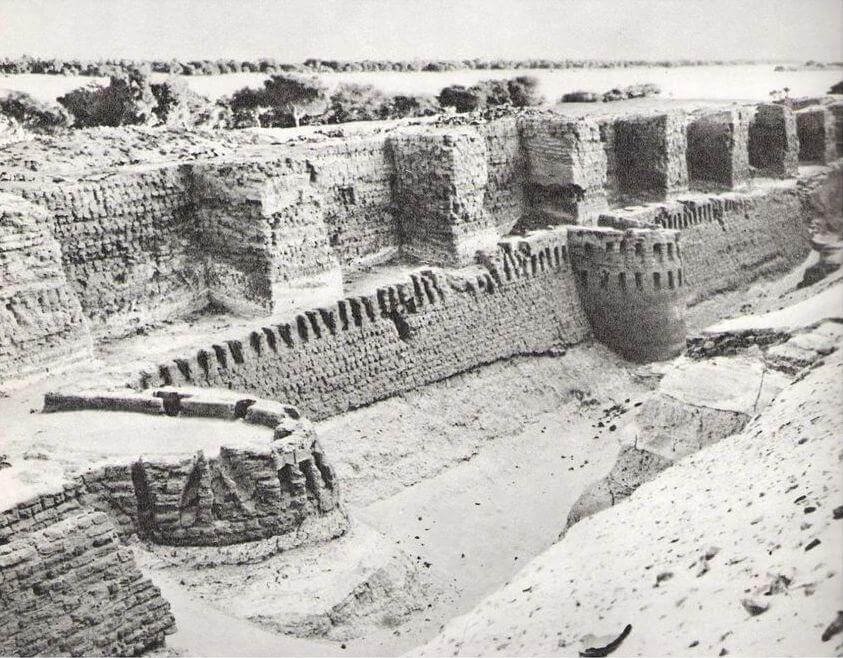
Buhen, with its grand architecture and strategic importance, remains one of the most significant fortresses in ancient Egypt’s history. Although it lies beneath the waters of Lake Nasser, the efforts to document and preserve its memory ensure that Buhen stands as an enduring symbol of Egypt’s prowess in military engineering and its intricate relationship with Nubia. Ongoing research and discoveries will continue to highlight Buhen’s role in the broader narrative of Egypt’s legacy in Africa.
